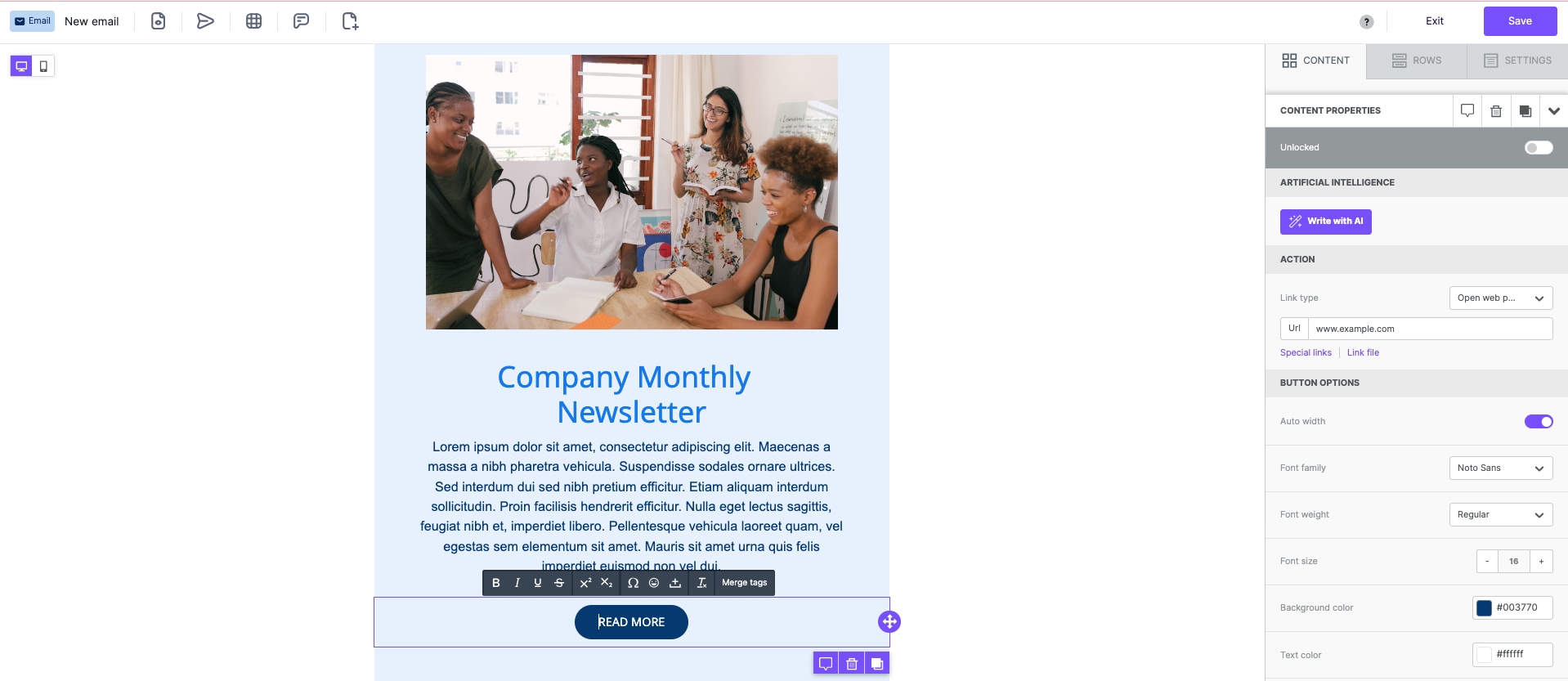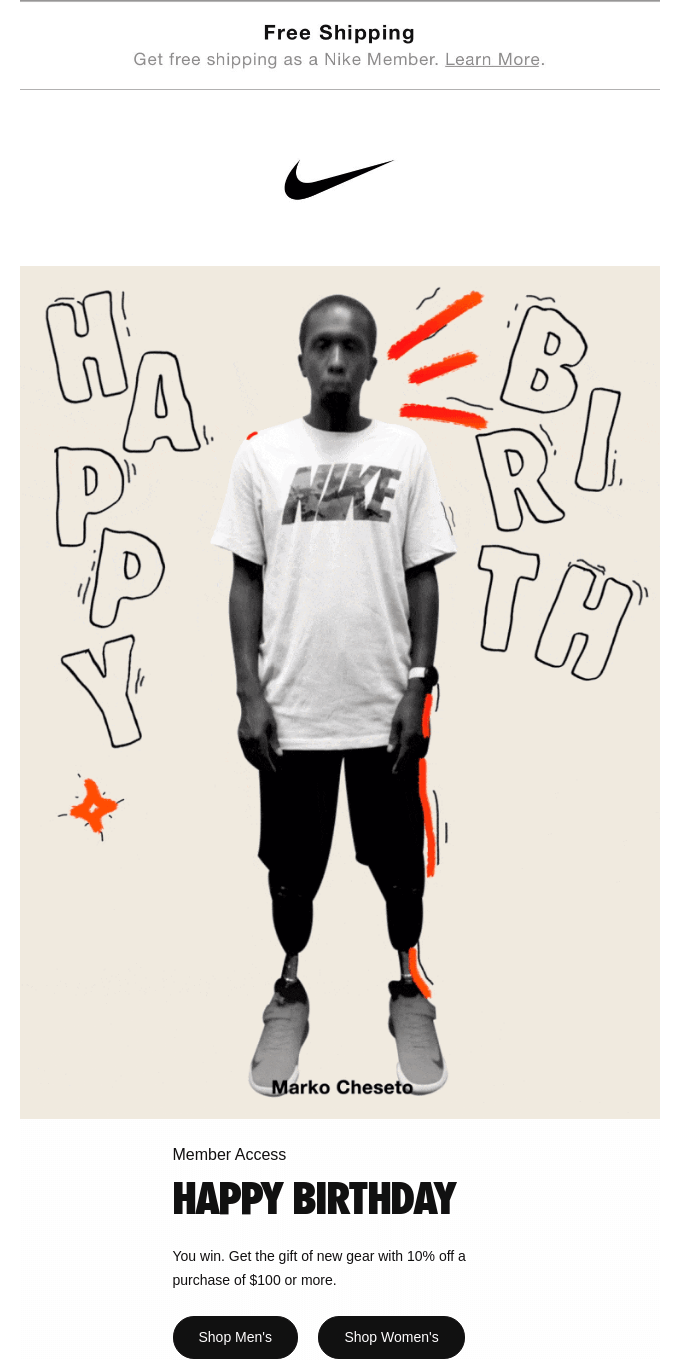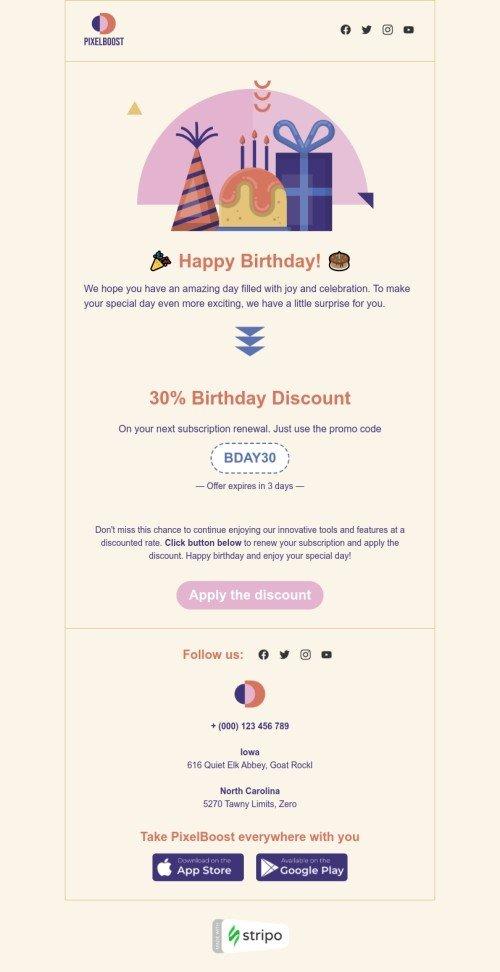Fundraising is crucial for any non-profit organization, and sending emails is one of the most cost-effective ways to secure donations. In fact, nonprofits state that approximately 28% of their online revenue comes from email marketing. A substantial ROI earnings of $40 for every $1 spent on email have been reported by nonprofits, proving this channel to be a wise investment.
However, while financially it is a wise investment, email marketing takes brainpower. Due to the needed frequency of sending fundraising emails, to the reader, they can get repetitive. This can result in low open rates (and therefore donations). To be successful with email fundraising, it's critical to be strategic and create engaging content that lands in your reader's inbox and stands out. To do so, an understanding and application of best practices like segmentation, storytelling, and frequent optimization is necessary.
In this article, we’ll discuss some of these best practices on how to write engaging fundraising emails and share examples to inspire your next fundraising efforts.
1. Invest Time in the Subject Line and Preview Text
The subject line of your email is an essential tool in driving recipients to open it. An intriguing and compelling subject line can help you cut through the clutter of a crowded inbox and grab a reader's attention.
Here are some tips for crafting compelling subject lines:
- Keep it short: Long subject lines may get cut off, especially on mobile devices. Aim for no more than 50-60 characters.
- Build urgency: If your email is time-sensitive, such as approaching the deadline for a fundraising campaign, let your readers know in the subject line to encourage them to open it now instead of waiting for later.
- Ask a question: Questions like “Do you know the impact $5 can have?” can spark curiosity and encourage the recipient to open the email to find the answer.
Preview text, also known as pre-header text, is a snippet of text that is displayed next to or below the subject line in an email inbox. As a best practice, align the content of your preview text with the subject line copy, and consider adding a call-to-action to gain immediate visibility to your request.
For example, if your subject line is “Do you know the impact $5 can have?” the preview text could say “Join Feed the Hungry in our effort to feed 1 million children today.”
2. Create Segments Within Your Database
Segmentation is a proven way to make fundraising emails more effective and drive more than half of email ROI.
By creating different segments within your database, you can target specific groups of varying demographics, psychographics, or behaviors and tailor your emails to be more relevant and engaging for their unique interests.
For instance, by creating a group of past donors, you can send a specific message to this audience thanking the recipient for their past donation, showing them what their donation helped with, and asking them to consider an increase to their donation next time.
To start segmenting your audience, here are some tips:
- Identify key criteria: Use the criteria most relevant to your efforts, including demographic information such as age or location, donor behavior, engagement levels, etc. As an example, if you were a national organization, you could include regional impact stories based on the location of your donor to increase relevancy for them.
- Track data regularly: Updating and tracking data is crucial for effective segmentation and keeping your database current. For instance, if donors have moved, you want to update that information in your database so you don’t invite them to a future fundraising event that is not near them.
3. Build Relationships with an Email Fundraising Campaign
One-time emails might be effective for fundraising, but establishing an ongoing conversation with your contacts through email campaigns often yields better long-term results.
Here are some tips for creating a fundraising email series:
- Personalize Emails: Use your segmented lists to personalize the emails in your series and make your readers feel more engaged. For instance, if a donor clicks a “Learn More” button in the last email, the next email can reference that interaction – “Thank you for learning more about our cause. Would you like to subscribe to our email newsletter?”
- Be Consistent: Maintain a consistent look and feel to reinforce your organization's branding and drive feelings of familiarity. If your emails typically include photos of children your organization supports, ensure you’re consistently including the same types of photos – don’t all of a sudden include illustrations that would be off-brand as they may disengage readers.
Email design tools, such as Beefree, allow users to send cohesive and on-brand email campaigns by allowing the integration of style settings in the platform. This means that anyone in charge of creating emails will have predefined guidelines to stay on brand. In addition to this, Beefree has a Saved and Synced Row feature that permits content creators to save content blocks to be reused on future emails.
4. Utilize Storytelling to Convey Your Message
Stories are a powerful way to build emotional connections and motivate people to act. A story builds empathy for your cause, provides context, humanizes the content, and helps donors envision the impact they could have.
Here are some tips for how to incorporate stories in your fundraising emails.
- Use authentic content: A story about a real-life person or event will be more impactful than a hypothetical one, so when possible, use authentic content. For example, tell a story about Xavier, the boy from the local elementary school, who was able to buy school supplies with your donation and is very thankful for your support, versus speaking in general terms of “500 children who benefitted from your donation.”
- Include visuals: Putting a face to the story will make it more powerful and help build a stronger connection to the message. In the example above, you would include a photo of Xavier with his school supplies or a video message from him saying “thank you.”
5. Incorporate Relevant Visuals
Sometimes images can convey emotions more effectively than words, so consider using high-quality, relevant images to enhance your message. In the fundraising email template below, the designer included images of children to support educational causes.

6. Highlight the Impact of Support
Communicating the impact of support can motivate people to contribute to the cause. Stories of impact drive engagement and build trust by showing the actual results donations can achieve. When highlighting stories of impact, use specifics, such as “your $50 donation will help provide meals for 100 people,” and again, use visuals to support your story.
7. Use Only One CTA
Be direct in your ask. As a best practice, only use one CTA ask per email to maintain focus on that specific goal. A great way to make the CTA stand out is through the use of buttons, as shown in the example below.

Read: How to Design Bulletproof CTA Buttons in Email
8. Make the Giving Process Simple
An intuitive and straightforward donation process makes for an easy donor experience, increasing the likelihood that they may give again.
On the other hand, if the donating process is too complex and involves too many steps and different pages, donors may be discouraged from donating. We usually only have approximately eight seconds to gain a reader's attention, so making the intention of the email clear and the process simple is essential.
Here are some tips for making the giving process easy.
- Clear CTA: As mentioned above, ensure your CTA is clear and easy to find. Consider short phrases like “Donate now,” “Join us,” or “Support the cause.”
- Use a landing page: To keep your email clutter-free, send donors to a landing page for more instructions about the donation process and a form to complete with their information. By collecting their information, you can re-engage them later on to donate once more.
9. Align Your Fundraising Email Campaigns with Other Marketing Efforts
Create a cohesive donor experience and reinforce your organization’s message by incorporating other marketing touchpoints with your email campaign. These could include companioning social media campaigns. Aligning organization-wide campaigns can optimize your resources and increase conversion rates through multiple channels.
10. Time it Right
The timing of your emails can impact their effectiveness, as people are less distracted at certain times of day and are more likely to read emails.
Best Time to Send Fundraising Email
When planning your email campaign, research past emails to see the best time for your audience historically. If you’re new to email campaigns, late morning/early afternoon is the recommended time for the most engaged contacts.
Best Day of Week to Send Fundraising Email
In general, Tuesday, Wednesday, and Thursday are the best days of the week for emails to capture the audience's attention.
11. Optimize for Mobile
Optimizing email for mobile use will avoid alienating potential donors and seeing lower responses. Approximately 41% of emails are opened on mobile devices today, so ensure your text is readable on small screens.
Responsive design can assist with this by adjusting the content to fit different screen sizes. As a best practice, make your CTAs prominent and easy to click for greater engagement on mobile. If your email is hard to read or interact with on a mobile device, then you may miss out on donations.
Read more: Email Design for Mobile: Best Practices to Take Your Email Marketing Up a Level
Best Fundraising Email Examples to Inspire Your Campaign
Only One CTA
In this example from Baldwin County Child Advocacy Center, the call to action is clear: DONATE. The message is kept concise, and the image of a child in a facemask shows a visual for emotional appeal.

Show The Impact
In this email example from the St. Louis Area Foodbank, the donor’s impact is highlighted “$25 provides 100 meals.” This description strengthens the message to show the donors how the foodbank works to stretch funds to provide a more significant impact.

Join Beefree’s Non-Profit Program and Take Your Fundraising Emails to The Next Level
At Beefree, we know that affordable and accessible design tools are essential to nonprofits. And as we mentioned here today, emails (fundraising emails to be specific), play a huge factor in how you make a difference. That’s why we are proud to provide nonprofits, big or small, with a $1,000 yearly credit for any plan.
Although we have a free plan that is available to everyone, we know that as your nonprofit grows, having a tool that grows with you is essential. Our nonprofit program is open to 501(c)(3) organizations in the United States, as well as international charitable organizations and NGOs. To learn more, visit beefree.io/nonprofits.























